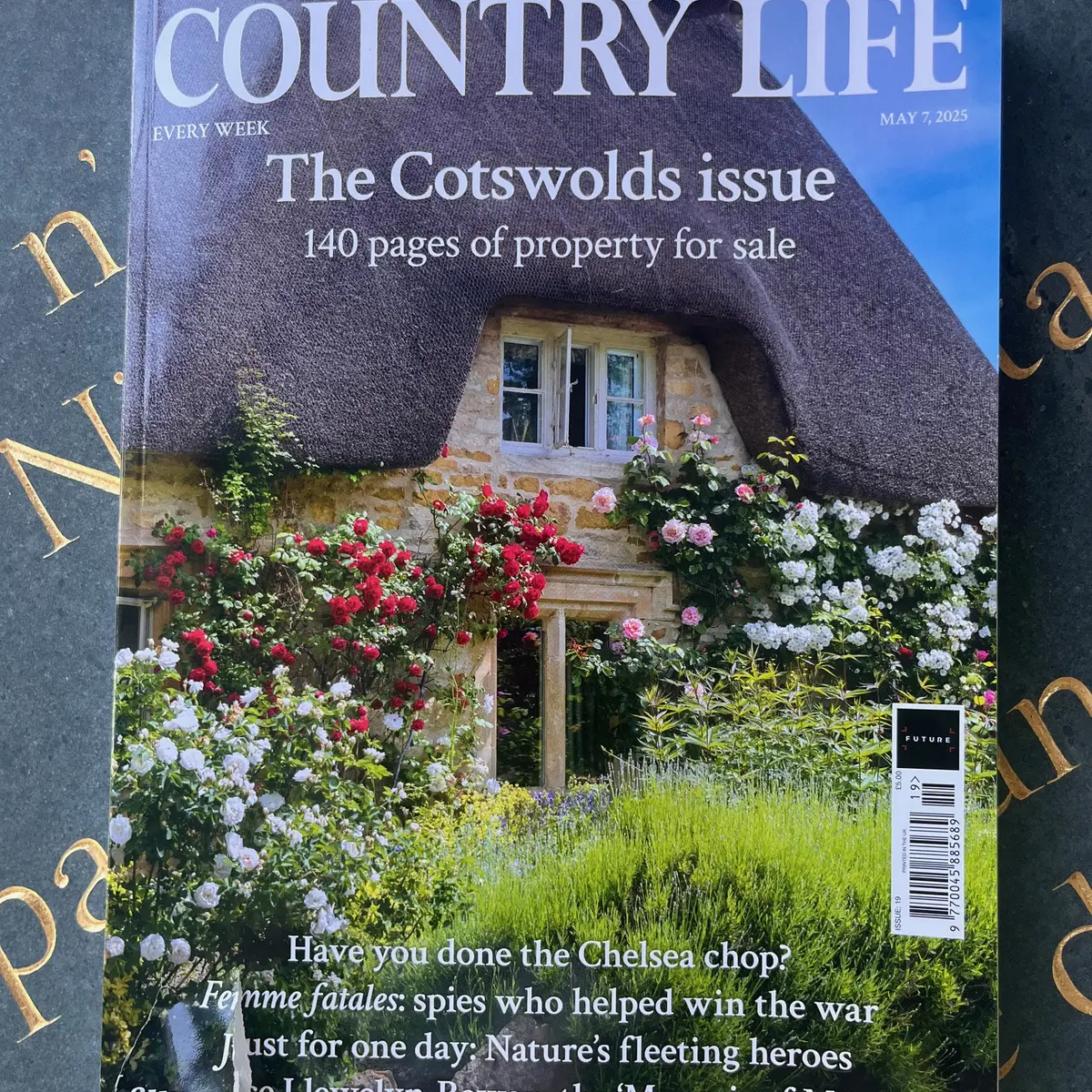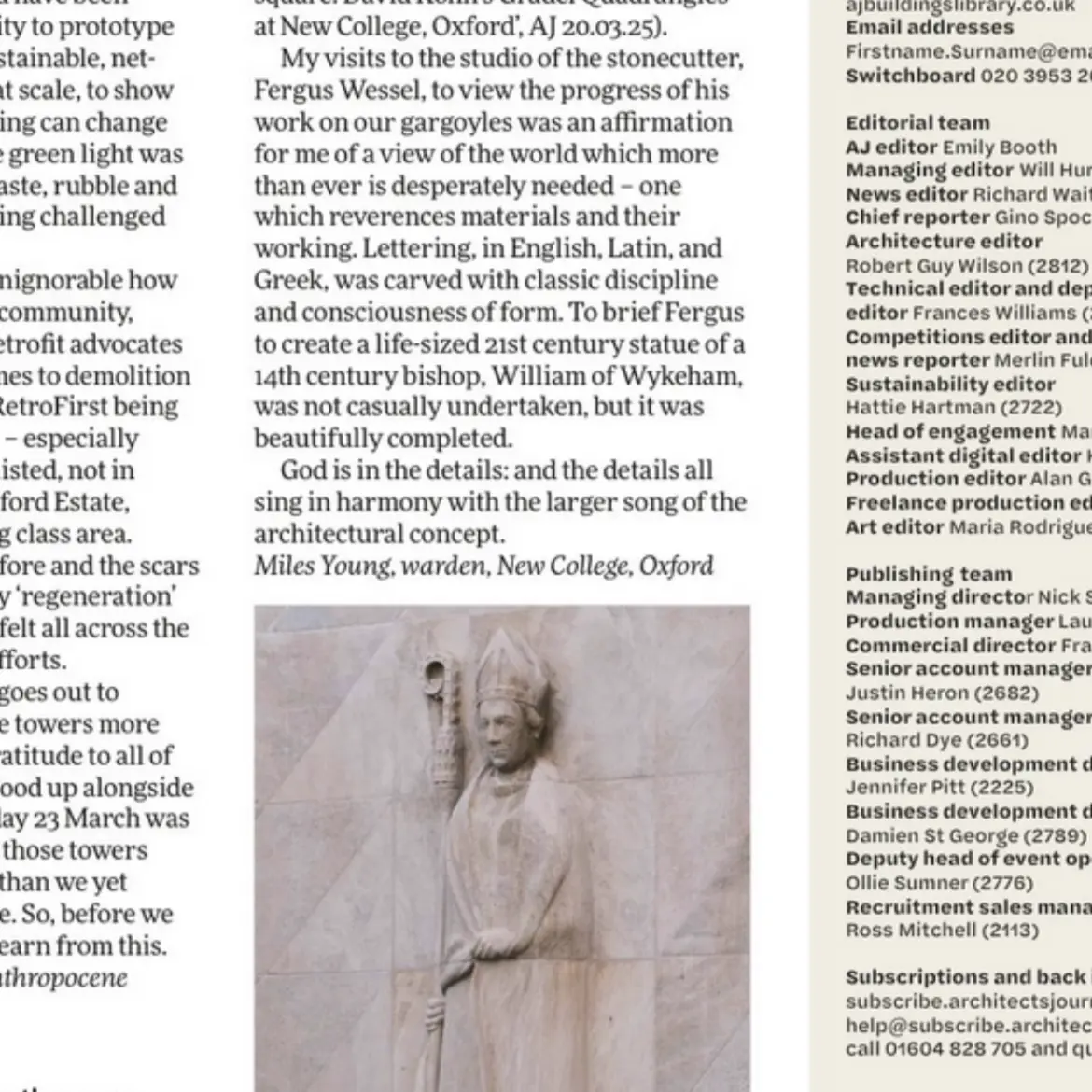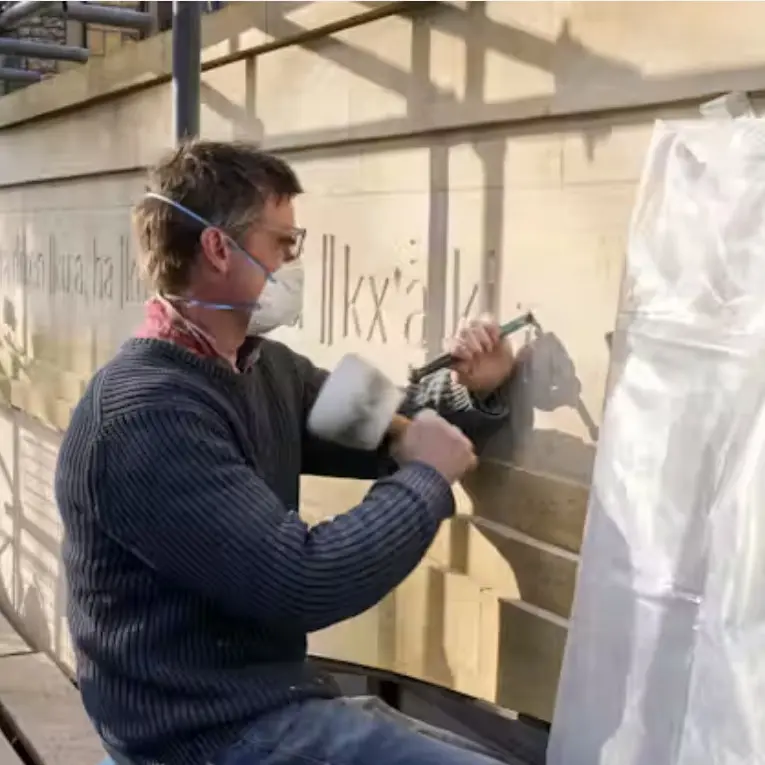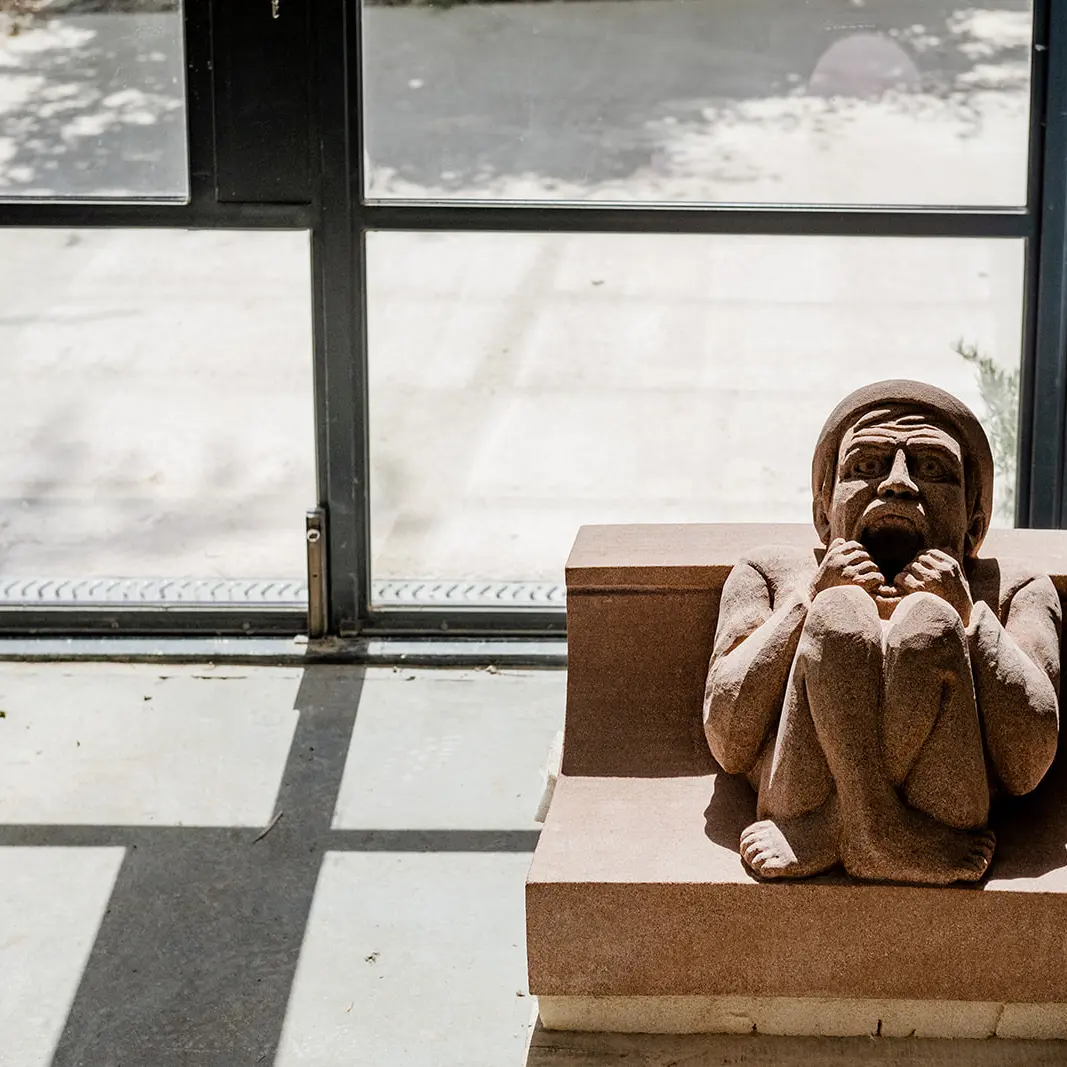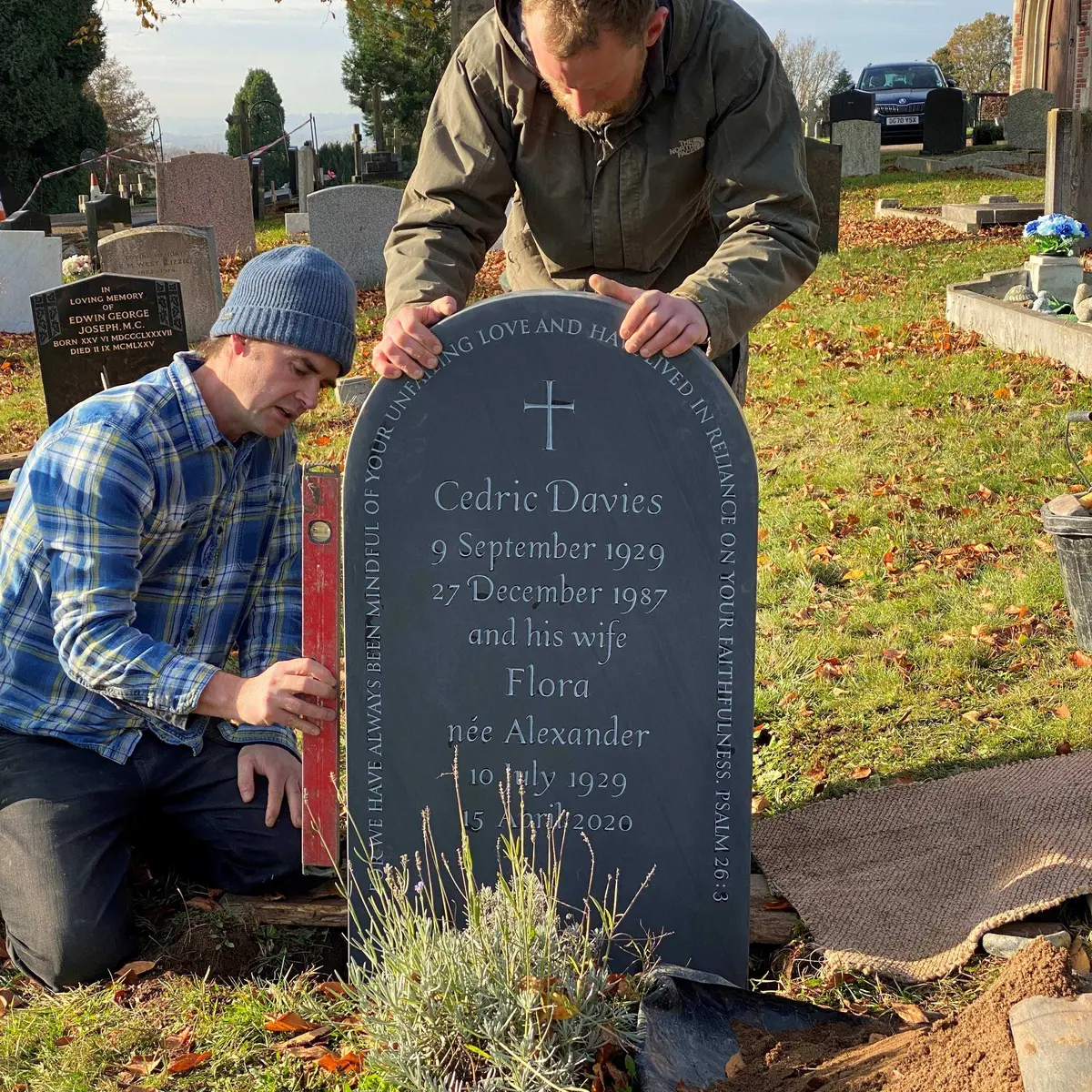By using this website, you agree to our privacy policy
×Headstone materials - 8 questions you need to ask
Choosing the right headstone material is crucial and it is hard to know where to begin. Do you start with the inscription, or the stone? Here I suggest 8 questions you need to ask when considering what material to use.
Where do you start when choosing the best headstone material? Choosing the right material for a headstone is very important. I always use British stones whenever possible. Here are 8 important questions you should ask when deciding on the best headstone material:
1.What style and amount of lettering?
Very delicate letters and flourishes do become very obscured if the stone is light and open-textured. The letters will darken in time, but they might look a bit out of place. The lettering must suit the material.
If possible, always decide on the inscription before choosing the stone.
Slate shows small lettering beautifully as you have white on black; it's very clear. It is, therefore, most suitable if you want a long inscription. Most limestones, on the other hand, rely on the shadow of the V-cut to create the visual impact, and sometimes the sun is just not strong enough. Although it is possible to paint the letters after carving (in slate this is highly recommended), Portland changes colour when wet and the soft paint colour one has mixed up will look 'wrong'.
2.How hard should the headstone be?
Does lack of space mean that the lettering is going to be very small? If so, the stone or slate needs to be very hard and long-lasting.
3.Light or dark headstone?
Slate is dark, but the lettering is light making the inscription clear and crisp. Light materials are fine but one needs to think about the impact of the weather. Nearly all light materials are stained by the rain and ground water. Usually, this is a nice thing as it is a consequence of gentle weathering and adds to the overall nature of the carving, but if for example, the headstone sits under a tree, it might begin to go green after a while.
4.What sort of visual texture?
Natural texture in stone can be a wonderful thing, but too much of it can interfere with the legibility of the wording. Some surface contrasts can actually increase over the years.
5.How will it feel?
If one compares an open textured limestone like Portland to a hard and dense material such as marble, it is possible to feel a warmth from the Portland. To many people, this is an important factor.
6.How much will it cost?
The main bulk of the cost of a headstone is in the actual labour that goes into the design, drawing and carving. However, if the headstones are not 'off the shelf', each one needs its own attention to size, proportions and shaping.
7.What is the location?
Where is the grave? Is it in a parish where the Diocese insists on using local stone? This is fairly unusual. For example, occasionally a Cotswold church will maintain that only Cotswold stone can be used, but this would be an impossible feat as there are no quarries left in the Cotswolds where the local stone is suitable for monumental use: it cracks! Of course, though there are lookalikes such as Purbeck from Dorset and some Bath stones which are always fine. You might also want to consider the materials of the existing headstones, and decide if you want the headstone to stand out or to blend in.
8.Position: Is the grave in a damp, or windy and dry spot?
The wind is good; it dries out porous materials, therefore, slowing down the weathering process. However many churchyards are dark and damp places and the graves are often overshadowed by Yew trees that drop red berries! It is much better in these cases to choose a hard and less porous stone or slate that can be cleaned without leaving any deep stains.

Fergus Wessel
Designer and letter-carver
Fergus created Stoneletters Studio in 2003, after training at the Kindersley Workshop. He is a member of the prestigious Master Carver's Association.


Request our free booklet today
- © 2025 Stoneletters
- Legal notice
- Privacy policy
- Disclaimer
